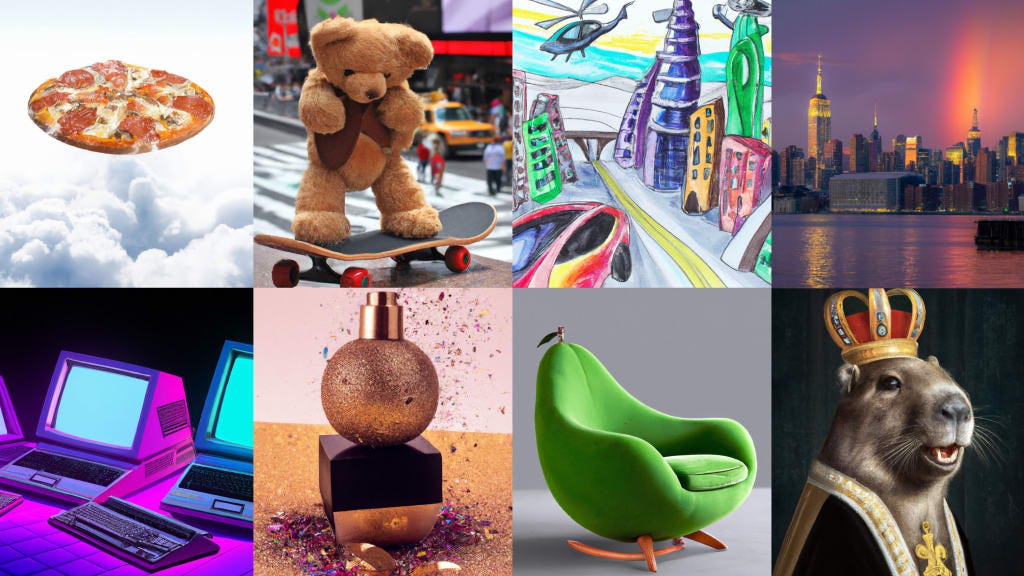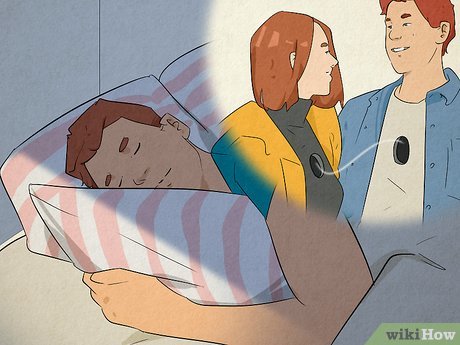Dall-E AI

In a world where artificial intelligence continues to push the boundaries of what was once thought possible, DALL·E stands as a testament to the incredible potential of AI-driven creativity. Developed by OpenAI, the same organization behind the groundbreaking GPT models, DALL·E represents a significant leap forward in the field of generative AI, particularly in the realm of image generation.
Named after the surrealist artist Salvador Dalí and the Pixar character WALL·E, DALL·E combines the artistic flair of Dalí with the imagination of WALL·E, resulting in a system capable of generating images from textual descriptions. But DALL·E isn’t just any image generator; it’s a sophisticated neural network trained on a vast dataset of images and accompanying text, enabling it to understand and interpret nuanced descriptions to produce visually stunning results.
At its core, DALL·E operates on the principles of conditional image generation. Given a textual prompt describing the desired image, DALL·E sets to work generating a unique visual representation that matches the given description. Whether it’s a “green leather sofa in the shape of an avocado” or “a cozy cabin nestled amidst a forest of candy canes,” DALL·E can bring these imaginative concepts to life with remarkable detail and realism.
The Next Frontier in Creative Image Generation
But what sets DALL·E apart from other image generation models is its ability to understand and synthesize complex concepts and combinations. It doesn’t just produce literal interpretations of the input text; instead, it infuses creativity and imagination into its creations, often generating images that are whimsical, surreal, or downright fantastical.
The implications of DALL·E’s capabilities are vast and wide-ranging. From assisting artists and designers in visualizing their ideas to enhancing e-commerce platforms with hyper-realistic product images, DALL·E has the potential to revolutionize numerous industries. Imagine being able to generate custom illustrations for children’s books or conceptualize architectural designs with just a few descriptive phrases. With DALL·E, the possibilities are limited only by our imagination.
However, as with any technology, DALL·E also raises important questions and considerations. Concerns regarding the ethical use of AI-generated images, potential biases in the dataset used for training, and the impact on traditional creative industries are just a few aspects that warrant careful examination. Additionally, the issue of intellectual property rights and ownership of AI-generated content remains largely uncharted territory, posing legal challenges that will need to be addressed as this technology continues to evolve.
Conclusion
Despite these challenges, the emergence of DALL·E represents a significant milestone in the ongoing journey towards AI-driven creativity. By harnessing the power of machine learning and neural networks, we are unlocking new possibilities for artistic expression, design innovation, and visual storytelling. As we continue to explore the capabilities of DALL·E and similar AI models, we must do so with a blend of curiosity, caution, and creativity, ensuring that these technologies are used to enrich and empower humanity rather than diminish or replace it.





